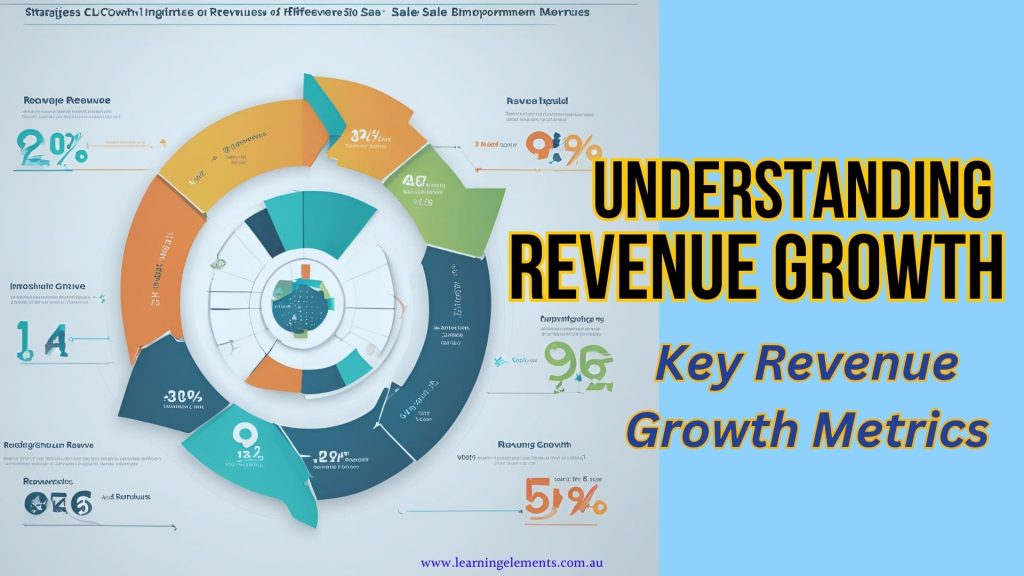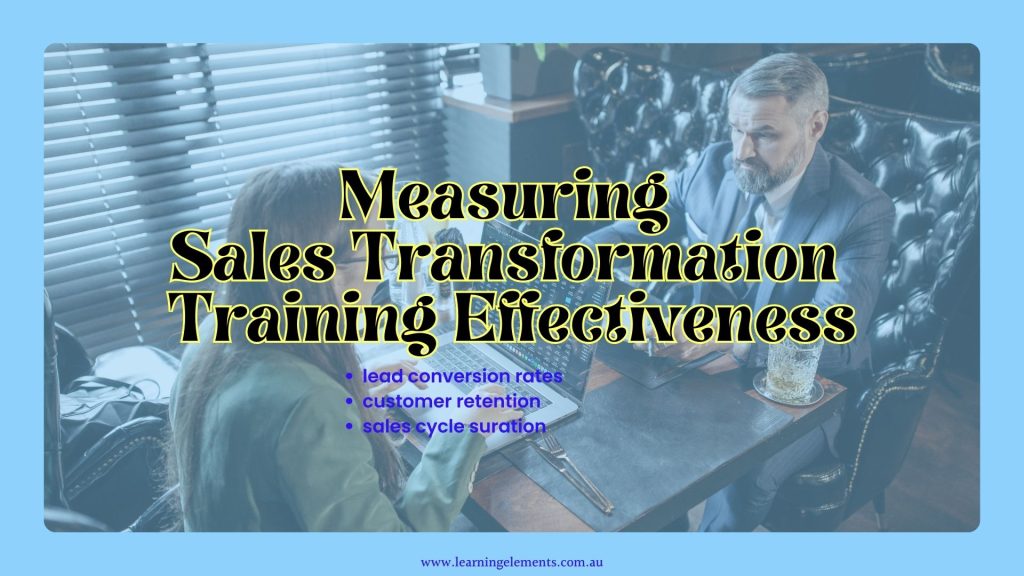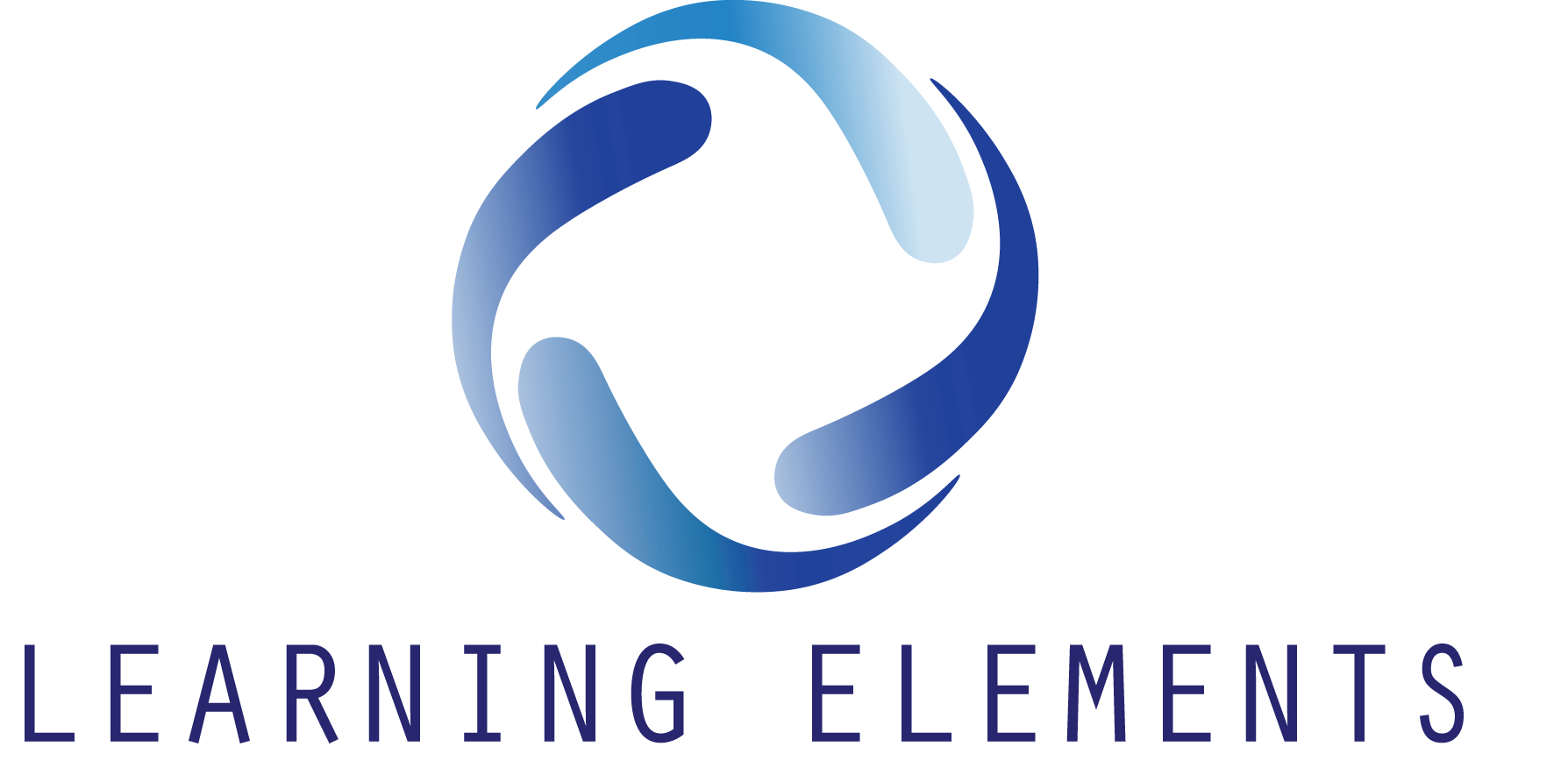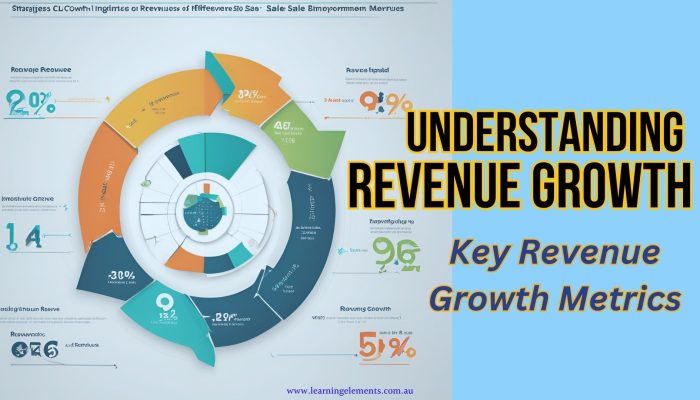Strategies for Revenue Growth: Practical Tips and Techniques for Increasing Revenue Through Effective Sales Strategies and Business Optimisation
Strategies for Revenue Growth are essential for any business looking to increase its income and stay competitive. Effective sales strategies and business optimisation play a crucial role in achieving this goal. This article provides practical tips and techniques for increasing revenue through these approaches.

Understanding Revenue Growth
Key Drivers of Revenue Growth
Several factors, such as market demand, customer satisfaction, and operational efficiency, drive revenue growth. Understanding these drivers helps businesses focus their efforts on areas with the highest potential for growth.
Understanding revenue growth requires tracking specific metrics that provide insight into performance. Important revenue-driven metrics include:
- Customer Acquisition Cost (CAC): Measures the average expense of acquiring a new customer. Minimising CAC while maximising revenue from each customer is a key revenue strategy.
- Customer Lifetime Value (CLV): Indicates the total revenue a business can expect from a single customer relationship. Increasing CLV through strong customer relationships and high-quality service is crucial.
- Net Promoter Score (NPS): This metric gauges customer satisfaction and loyalty. High NPS scores often correlate with stronger revenue growth due to customer retention and referrals.
The Role of Market Analysis
Market analysis is crucial for identifying opportunities for revenue growth. It involves studying market trends, customer behaviour, and the competitive environment to make informed business decisions.
Competitive Positioning
Competitive positioning is essential for standing out in a crowded market. By identifying a unique value proposition (UVP), businesses can better define how their products or services meet customer needs in ways that competitors do not. For example, some companies might focus on cost leadership, while others may prioritise product quality or specialised customer service.
Effective Sales Strategies
Targeting the Right Audience
Targeting the right audience is fundamental to any successful sales strategy. Identifying and focusing on the ideal customer profiles ensures that marketing efforts are directed towards those most likely to convert.
–Identifying Ideal Customer Profiles
Creating detailed customer profiles helps businesses understand who their ideal customers are. This includes demographic information, purchasing behaviour, and preferences.
–Utilising Market Segmentation
Market segmentation involves dividing the market into distinct groups of customers with similar needs. This allows businesses to tailor their marketing strategies to each segment, increasing the effectiveness of their campaigns.
Building Strong Customer Relationships
Strong customer relationships are vital for sustained revenue growth. Customer retention and loyalty programs can significantly enhance long-term profitability.
–Importance of Customer Retention
Retaining existing customers is more cost-effective than acquiring new ones. Loyal customers are more likely to make repeat purchases and refer others to the business.
–Techniques for Enhancing Customer Loyalty
Loyalty programs, personalised services, and excellent customer support are effective techniques for enhancing customer loyalty. Businesses should focus on providing value and building trust with their customers.
Employee Training and Development
Training employees in customer service, product knowledge, and sales tactics can significantly impact customer satisfaction and loyalty. Well-trained staff can create positive customer experiences, increasing the likelihood of repeat business and referrals. This approach is especially effective in B2B markets where relationship building is key.
Investing in employee development improves not only service quality but also overall business reputation, which can drive revenue growth.

Business Optimisation Techniques
Streamlining Operations
Streamlining operations can lead to significant cost savings and increased efficiency. By automating workflows and eliminating redundancies, businesses can focus on core activities that drive revenue.
–Workflow Automation
Automating repetitive tasks frees up time for more strategic activities. This can include using software for inventory management, customer service, and marketing automation.
–Reducing Operational Costs
Identifying and eliminating wasteful practices can significantly reduce operational costs. This includes optimising supply chains, reducing energy consumption, and improving resource allocation.
Improving Product and Service Quality
High-quality products and services are crucial for customer satisfaction and repeat business. Incorporating customer feedback and continuous improvement practices can help businesses maintain high standards.
–Incorporating Customer Feedback
Listening to customers and incorporating their feedback into product and service development can lead to better offerings and higher satisfaction rates.
–Continuous Improvement Practices
Adopting continuous improvement practices, such as Lean or Six Sigma, helps businesses continually enhance their processes and products.
Feedback Loop for Continuous Improvement
Establishing a feedback loop with both customers and employees helps maintain high standards and identify areas for improvement. Collecting feedback consistently allows businesses to address issues early and adapt more effectively to changing needs. Regular feedback not only improves products and services but also fosters a customer-focused culture.
Implementing this practice aligns business improvements with customer expectations, contributing to long-term revenue growth.
Contact us today for a free consultation and learn how our tailored solutions can help drive your business forward!

Leveraging Technology for Revenue Growth
Implementing CRM Systems
Customer Relationship Management (CRM) systems are powerful tools for managing customer interactions and data. They help businesses streamline their sales processes and improve customer service.
- Benefits of CRM Systems
CRM systems offer numerous benefits, including improved customer relationships, increased sales efficiency, and better data management. They provide a centralised platform for tracking customer interactions and sales activities.
- Choosing the Right CRM for Your Business
Selecting the right CRM system depends on the specific needs of the business. Factors to consider include ease of use, scalability, and integration with other tools.
Digital Tools Beyond CRM
While CRM systems are fundamental, other digital tools play an essential role in optimising operations and enhancing customer interactions. Enterprise Resource Planning (ERP) systems, for instance, streamline backend operations like inventory and finance, supporting efficient workflows that contribute to revenue growth. Marketing automation tools also aid in lead scoring, customer engagement, and even demand forecasting, allowing businesses to focus resources on high-value opportunities.
Choosing the right combination of tools, tailored to specific business needs, maximises operational efficiency and supports sustained growth.
Integrating Artificial Intelligence for Growth
Artificial Intelligence (AI) is transforming how businesses operate and interact with customers. AI tools like predictive analytics and chatbots offer innovative ways to enhance revenue growth:
- Predictive Analytics: AI analyses historical data to forecast trends and customer behaviours, allowing businesses to make informed decisions about product offerings, inventory, and marketing strategies.
- Chatbots and Virtual Assistants: These tools provide 24/7 customer support, improve response times, and increase customer satisfaction, all of which contribute to stronger retention and higher sales.
- Personalisation Engines: AI-driven algorithms can tailor recommendations and offers for individual customers, boosting conversion rates and customer loyalty.
By integrating AI with existing technologies like CRM and ERP systems, businesses can further streamline operations and deliver a superior customer experience, driving sustainable revenue growth.
Utilising Data Analytics
Data analytics provides valuable insights into customer behaviour and market trends. Businesses can use these insights to make data-driven decisions that drive revenue growth.
- Insights from Data Analytics
Data analytics can reveal patterns and trends that are not immediately apparent. By analysing data, businesses can identify new opportunities for growth and areas for improvement.
- Applying Data-Driven Decisions
Making decisions based on data rather than intuition can lead to better outcomes. Businesses should use analytics to guide their strategies and measure their effectiveness.
Innovative Marketing Strategies
Digital Marketing Techniques
Digital marketing is a powerful tool for reaching a broad audience and driving revenue growth. Techniques such as SEO and PPC advertising can significantly increase online visibility and attract potential customers.
Exploring Omni-Channel Marketing Strategies
Omni-channel marketing is a valuable approach that combines various channels—such as social media, email, and physical stores—into a unified customer experience. By ensuring consistent messaging across all platforms, businesses enhance customer satisfaction and engagement. This strategy not only expands reach but also promotes loyalty, as customers feel connected through multiple points of contact.
Integrating omni-channel strategies can significantly boost sales and strengthen brand presence by offering customers more ways to interact with the business.
Social Media Engagement
Engaging with customers on social media helps build brand awareness and loyalty. Regularly posting valuable content and interacting with followers can drive traffic and sales.
- Building an Online Presence
A strong online presence is essential for modern businesses. This involves creating and maintaining profiles on various social media platforms and consistently posting relevant content.
- Engaging with Customers on Social Media
Responding to comments, messages, and reviews helps build a community around the brand. Engaging with customers on social media can increase loyalty and drive sales.
Risk Management in Revenue Growth Strategies
While growth strategies are essential, it is equally important to consider risks that may impact revenue goals. Over-reliance on specific markets or technologies can leave businesses vulnerable to external changes, such as market downturns or technology shifts. Diversifying revenue streams and staying flexible helps businesses handle uncertainties while continuing to grow.
Mitigation Strategies for Sustainable Growth
To ensure revenue growth strategies remain effective and resilient, businesses must proactively address potential risks. Key approaches include:
- Market Diversification: Expanding into new markets, industries, or customer segments reduces dependence on any single revenue source. For example, entering international markets or targeting untapped demographics can provide additional stability.
- Technological Adaptability: Regularly evaluate and adopt emerging technologies to remain competitive. This includes upgrading outdated systems and staying informed about innovations that could disrupt or benefit operations.
- Scenario Planning and Risk Monitoring: Preparing for economic, market, and technological scenarios allows businesses to anticipate potential challenges and respond with agility. Regularly monitoring key performance indicators (KPIs) ensures early detection of risks.
By diversifying revenue streams, adopting flexible operational practices, and proactively managing potential risks, businesses can build a solid foundation for stable, long-term growth.
FAQs
- What are the key drivers of revenue growth? The key drivers include market demand, customer satisfaction, and operational efficiency.
- How can businesses improve customer retention? Businesses can improve customer retention by providing excellent customer service, implementing loyalty programs, and continuously improving their products and services.
- What role does technology play in revenue growth? Technology plays a crucial role by streamlining operations, improving customer relationships, and providing valuable data insights.
Conclusion
Strategies for Revenue Growth involve a combination of effective sales strategies and business optimisation techniques. By targeting the right audience, building strong customer relationships, leveraging technology, and adopting innovative marketing strategies, businesses can significantly increase their revenue. Continuous improvement and adaptation to market changes are essential for sustained growth.
Ready to implement the strategies outlined and boost your revenue growth? Explore our Training Courses or book a FREE consultation to stay ahead of the competition with the latest business strategies.

